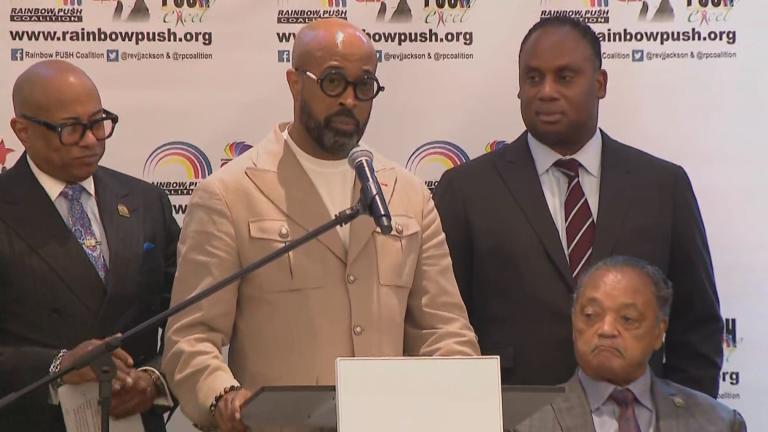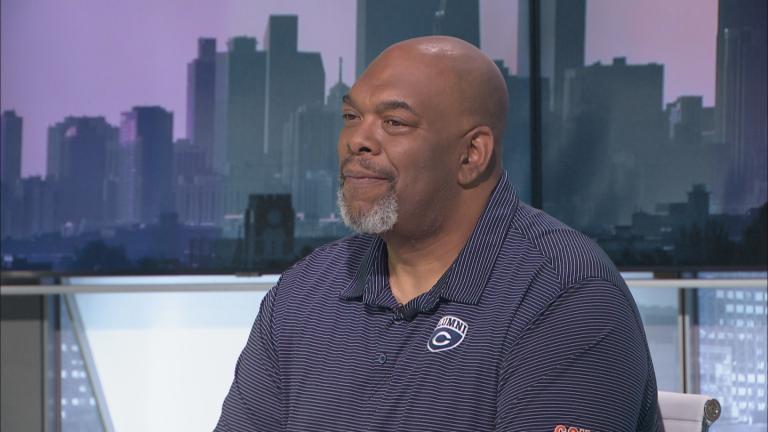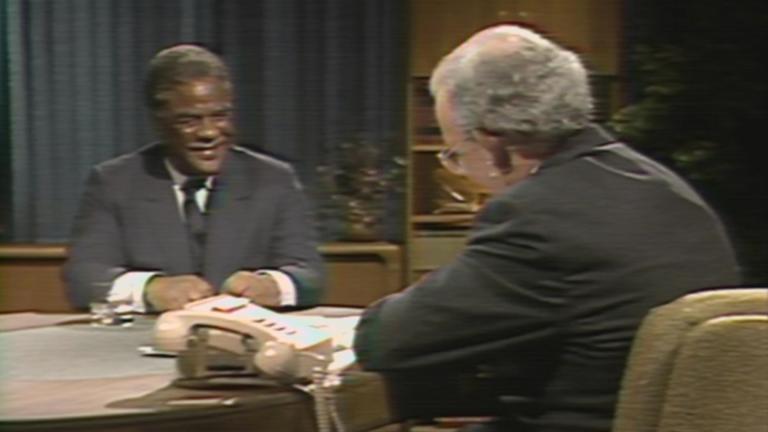For the past few years, the Southland RISE collaborative has awarded funding to community-based violence prevention programs to help them continue their work.
This summer, the collaborative went a step further and brought together hospital trauma center staff and violence prevention street outreach workers in a shared training workshop. The goal was an exchange of ideas and resources focused on curbing violence on Chicago’s South Side.
Marlon Ryals, an Austin community street outreach supervisor with Together Chicago, said the workshop allowed him to make some connections that will help prevent violent altercations from resulting in more violence at trauma hospitals.
“With trauma hospitals, … there is risk of retaliation, people following the ambulance to the hospital,” Ryals said. “Just by creating the relationship and being able to let them know — we have an office in Grand Crossing — we have times when someone’s coming in hot, I’m able to jump in the group text to let people know what’s going on, to prepare for retaliation. Those basic communication points could save other lives.”
By putting a diverse set of people together, the training offered ways for leaders to learn from each other’s best practices, said Charles McKenzie, executive director of Englewood First Responders.
“You see what they’re doing differently or just learn from someone from another area if we’re dealing with the same problems,” McKenzie said. “How I look at it, when we come together as a whole, it definitely can make a big impact because everyone has different resources.”
Franklin Cosey-Gay, director of the violence recovery program Urban Health Initiative at UChicago Medicine, said the work of violence prevention and recovery has come a long way since its earliest days in Chicago, but the people doing the work learn more when they work together.
“We know that what we’re addressing when it comes to community violence — it’s the tip of the iceberg,” Cosey-Gay said. “It’s connected to structural issues, resources, economic disinvestment, poor education opportunities, policies and practices that go back generations. What is inspiring is the coordination that’s happening with hospitals, community violence groups, victim advocates and case managers. I have been in the field for a while and remember being an evaluator with CeaseFire. Presenting the strengths of this work was met with a lot of skepticism from police and city leaders and government. That’s no longer the case. Individuals who have that lived experience, to get individuals to connect to resources — when it comes to wanting justice, you develop trust from people who have lived that life, not from the same systems that failed you. Having credible people at the front line that look like you, come from communities like you — this healing-centered trauma response is important, recognizing it’s not good enough to patch people up and send them back out after they’ve been shot — making sure we do support immediate needs and then longer terms within the community ecosystem.”








